Dysgonia algira
(Linnaeus, 1767)
-
 Subfamily: Erebinae, Ophiusini
Subfamily: Erebinae, Ophiusini -
 Wingspan: 35-45 mm
Wingspan: 35-45 mm -
 Flight period: Apr - Oct
Flight period: Apr - Oct -
 Spread: Common
Spread: Common -
 Host plants: Polyphagous
Host plants: Polyphagous
Information
The Dysgonia algira is a moth of the Erebidae family, subfamily Erebinae, with a wingspan of 35-45 mm.
Visible in most of Europe, it is absent from Ireland, Denmark, Norway, Sweden, Belgium and the Baltic countries, in Italy it is also present in the islands. *
In addition to Europe, the range of the species extends to North Africa, Asia Minor, South Russia, Iran, Afghanistan, Turkmenistan and Kyrgyzstan.
It is very similar in appearance and size to Dysgonia torrida ;
The head and body of the Dysgonia algira are dark brown in color. The fore wings are relatively broad with an acute apex and an almost straight edge.
The third relative to the head area is dark brown linked, to another area of the same color, by a curved band of bright light gray color, with silver shades,
which also extends to the remaining edge of the wing, except for the apex of the wing itself. The fringes are light brown.
The hind wings are brown in color and have a more or less broad whitish band subrettilinea; the trend of this band constitutes the only external characteristic useful to
separation of the two species (BERlO, Le.): in Dysgonia algira a tends to turn towards the inner margin, while in Dysgonia torrida towards the corner
anal and is whiter. **
In the specimens of southern Italy this band is more or less marked and presents the folding towards the internal margin lightly signed.
The undersides of the fore and hind wings each have a small disc spot and very fine transverse lines.
Dysgonia algira can be found from the basal plane up to 700 meters. Bi or trivoltine these moths fly from April to October and are nocturnal.
The eggs are laid singly on larval food plants. The egg is gray-brown in color. The caterpillars reach about 42-48 millimeters in length.
The body is relatively slender, and brown in color. The bottom line is red-brown in color.
The larvae are polyphagous but feed mainly on Rubus fruticosus agg plants. (other), but also of Salix sp, (willow sp.), Genista sp. (broom sp.), Lythrum Richen,
Punica granatum (pomegranate), Ricinus communis and Parietaria.
* Lepidoptera mundi https://lepidoptera.eu/ - Fauna Europea https://fauna-eu.org/
** Dysgonia algira dannosa a melograno (Punica granatum L.) - http://lepiforum.de/ - LUIGI SANNINO - ADRIANA BALBIANI - PAOLO PARENZAN, Entomologica, XXI, Bari, 20-XII-1986 - https://core.ac.uk/download/pdf/230206777.pdf
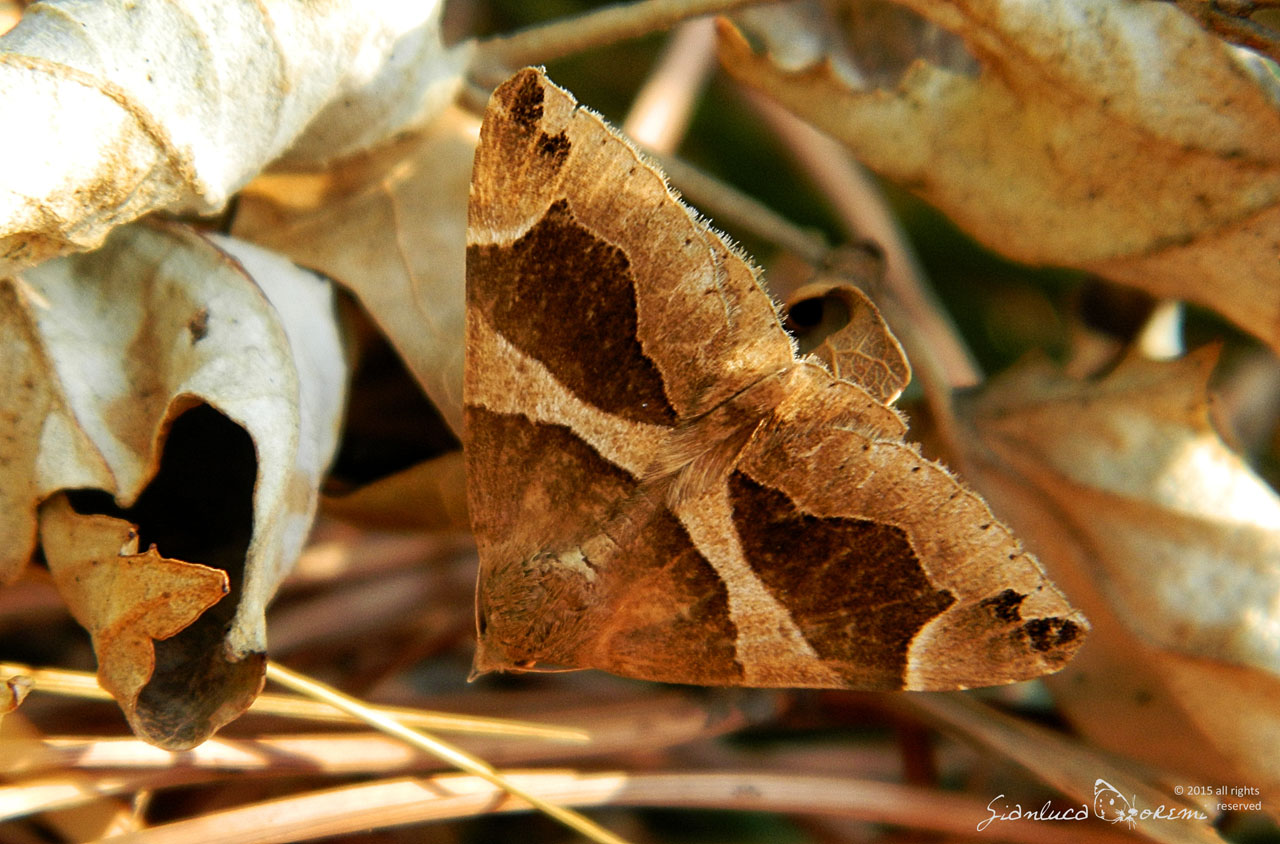


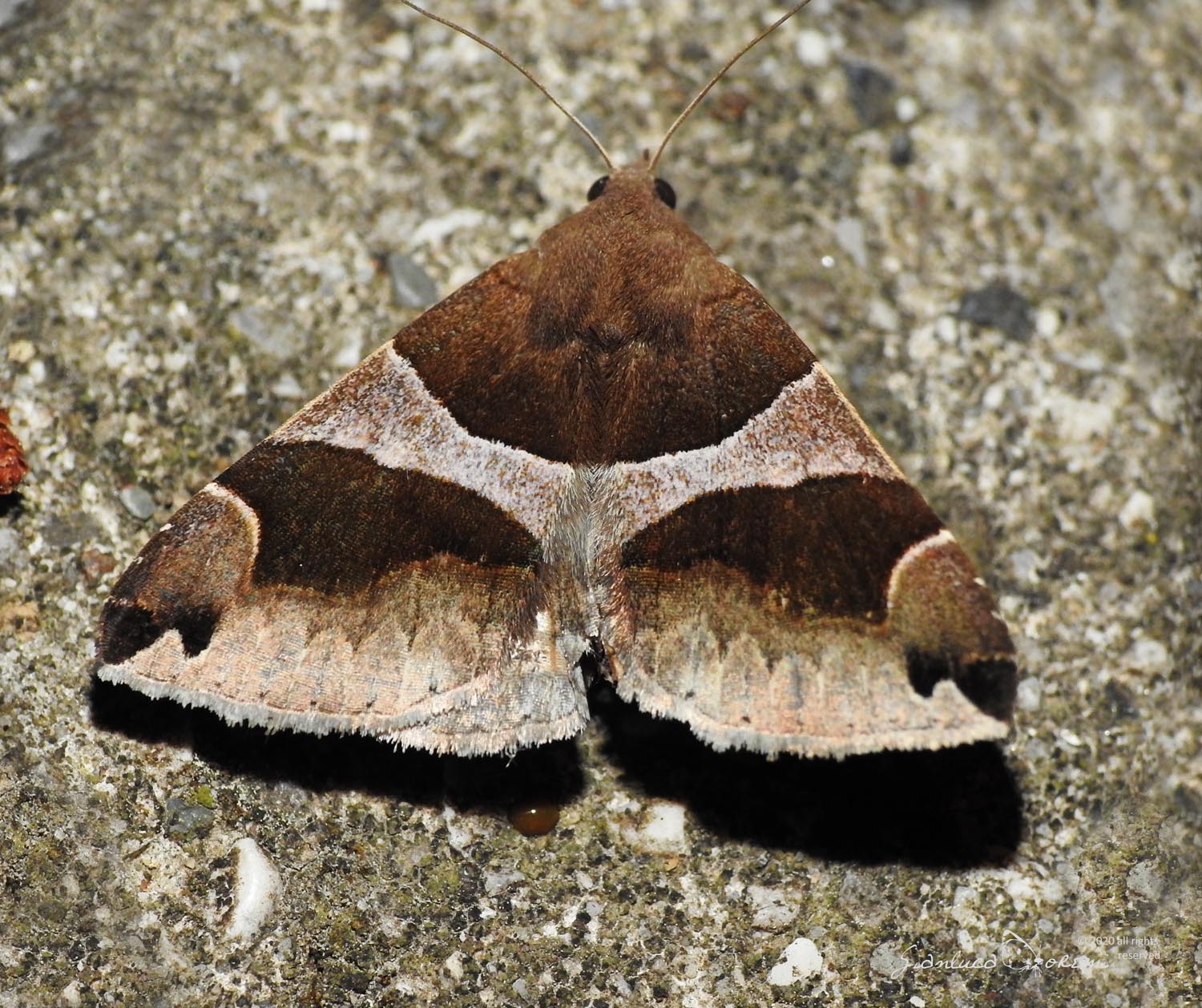
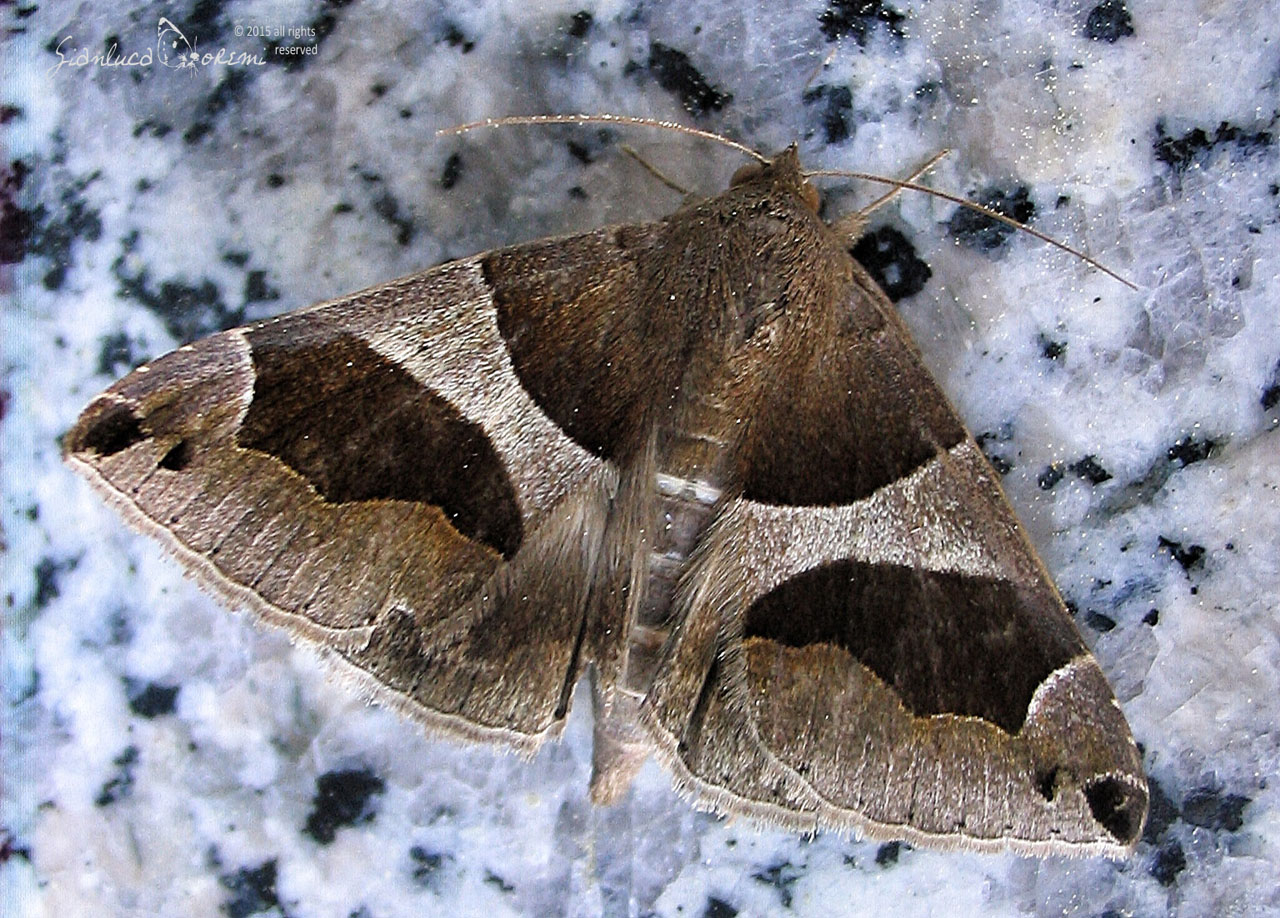

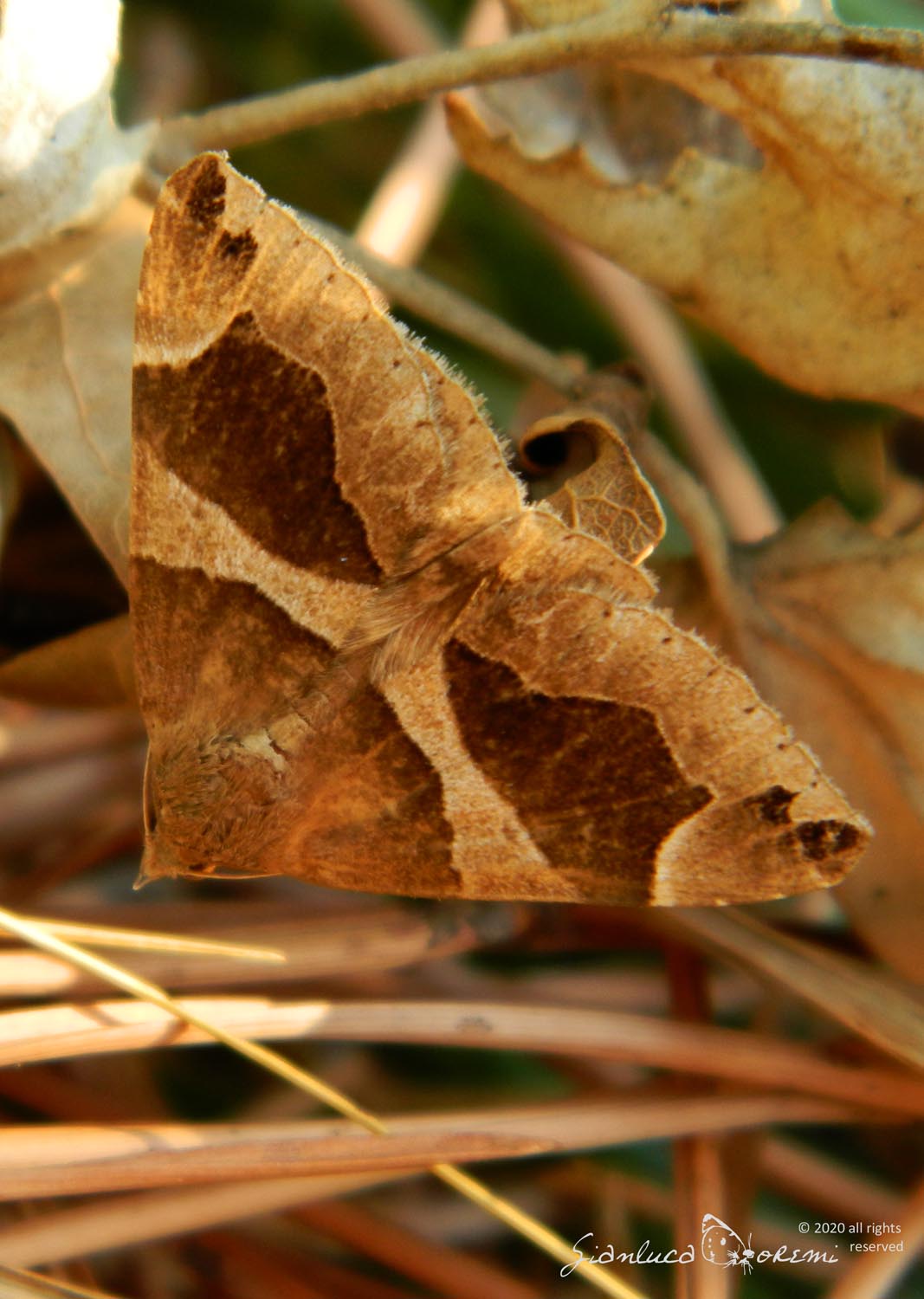
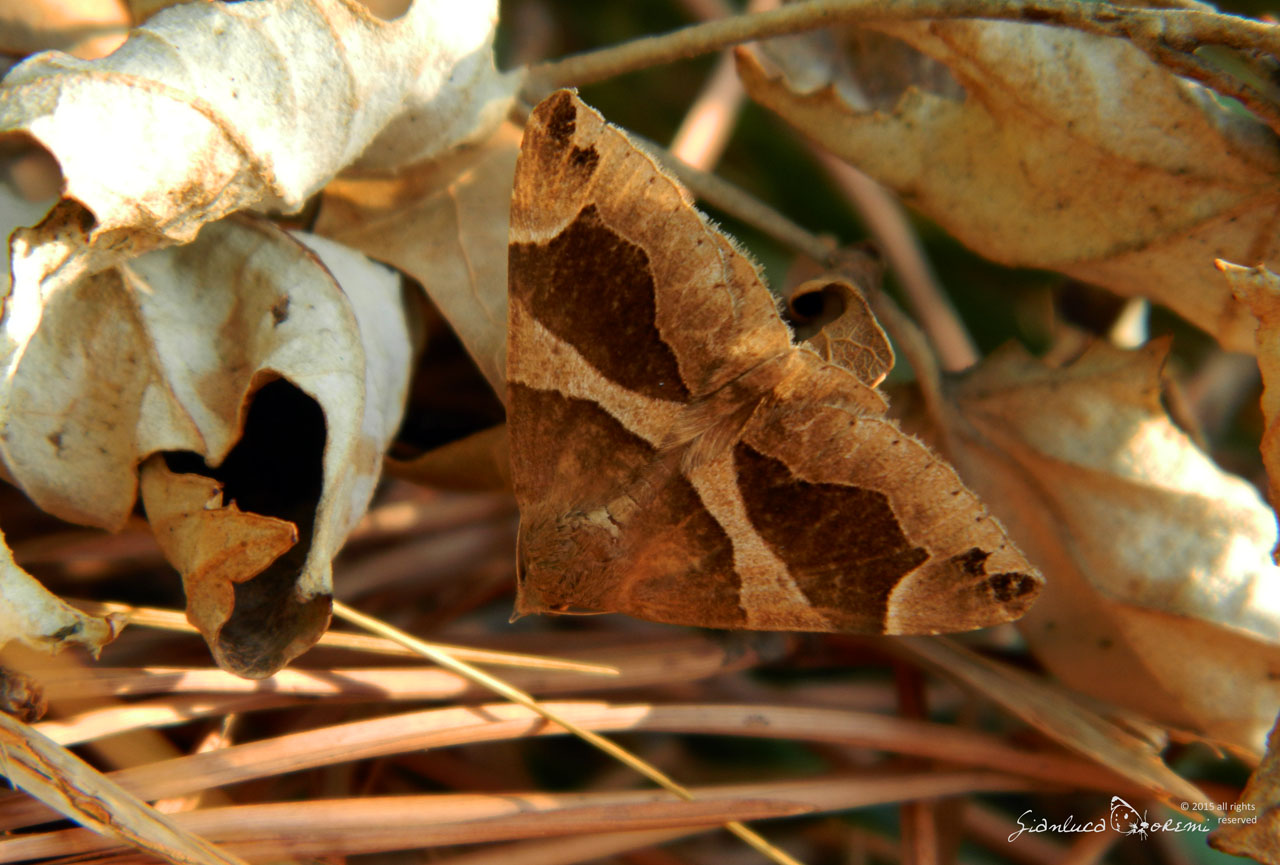


 EN
EN ITA
ITA
Social and publications